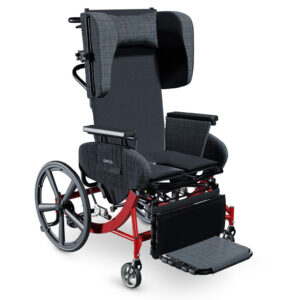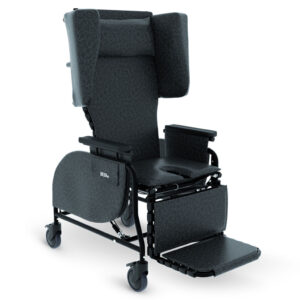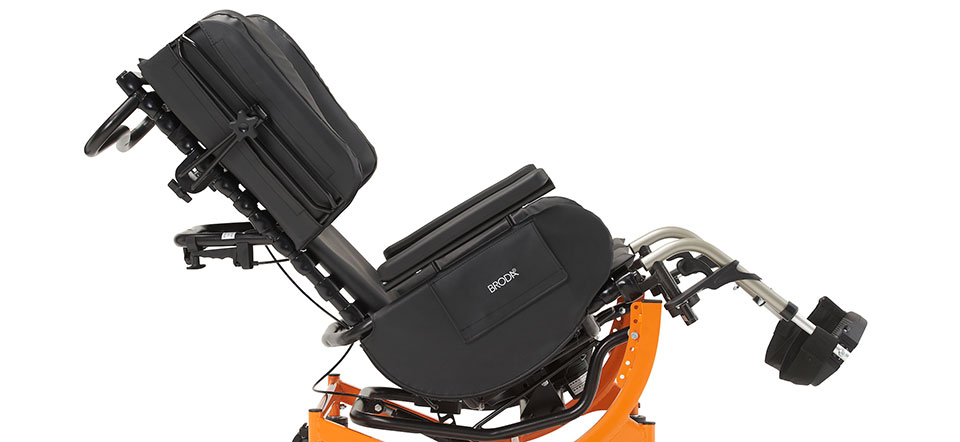The Trendelenburg Position (TP) is a clinical technique where the body is tilted in the supine position so that the head is lower than the body and the legs. Clinicians usually administer TP at an angle of approximately 16°.1 The modified Trendelenburg Position (mTP) is a full recline of the body where the head and body are level, and the legs are slightly elevated.2
When is the Trendelenburg Position Used?
Trendelenburg Position is used in several different modern and historical medical scenarios.
History & Early Use
The creation of Trendelenburg Position is credited to Friedrich Trendelenburg, a 19th century German surgeon. Originally, surgeons used the technique to improve the exposure and visibility of the pelvic organs.3

During World War I, Walter Cannon, an American physiologist, was a proponent of TP as a treatment for shock. After the war, the technique became commonly used. As time went on, clinicians began using TP to prevent air embolism during central venous cannulation and to augment the effectiveness of spinal anesthesia.3 Later, Cannon reversed his recommendation of TP. However, it remained popular within the medical community.
Trendelenburg Position Benefits & Modern Use
Today, many still use TP as an immediate intervention to improve hypotension and hypovolemic shock.2 In addition, proponents say that TP is useful for increasing venous return to the heart. Therefore, the position increases cardiac output by encouraging blood flow from the lower extremities.2
Surgeons also use TP on the operating table during lower abdominal surgeries and central venous catheter placement. Additionally, TP is commonly used in gynecological and genitourinary procedures.1
Risks of Using Trendelenburg Position
Some experts warn of serious risks that come from using Trendelenburg Position. For example, risks can include sliding, shear, and pressure injuries. Additionally, there is concern for tidal volume and pulmonary compliance, venous pooling toward the head, cerebral edema, retinal detachment, brachial nerve paralysis, diminished lung capacity, and even aspiration.3, 4 Furthermore, experts advise against using TP for morbidly obese individuals.1
Trendelenburg vs. Modified Trendelenburg Position
Is the Trendelenburg Position Actually Useful?
While some clinicians continue to tout the benefits, some believe that the Trendelenburg Position is an outdated technique with no use in modern medicine. Upon examination of the studies, it doesn’t remain easy to arrive at a clear answer.
Throughout history, studies on Trendelenburg Position have shown lackluster results, at best. For instance, a 1967 study by Taylor and Weil tested the effectiveness of the technique on six hypotensive patients and five normotensive control participants. Out of those eleven patients, nine experienced no benefit from the Trendelenburg Position.3
More recent studies have been conducted; however, a 2012 literature review proposes that sample sizes have been too small and positive effects of trendelenburg position have been minute and temporary.2 Studies were also inconsistent in their administration of TP and/or mTP. This produces results that are cloudy, at best.2
Some clinicians claim that Trendelenburg Position effectively delivers on its clinical promises. Others believe that the scientific evidence speaks to the contrary and that the risks are substantial. Each caregiver must combine scientific research with their own clinical experience to assess the needs of each patient individually and when to use trendelenburg position. As additional studies are completed, hopefully, we will have a conclusive answer on the clinical validity of the use of the TP.

Does Broda Offer Trendelenburg-Capable Wheelchairs
Broda offers Trendelenburg-capable wheelchairs. Our Synthesis and Midline Positioning Wheelchairs provide up to 90 degrees of recline and up to 38-40 degrees of tilt. These features allow for infinitely adjustable positioning, including TP and mTP. Read more about which positioning wheelchair would best fit your needs.
Combined with a 10-year frame warranty and our proprietary Comfort Tension Seating®, the Synthesis and Midline are ideal for a wide variety of care environments. Even if you are not a proponent of Trendelenburg Position, wheelchairs with full recline and adjustable tilt are indispensable in long-term care. In summary, no matter your stance on TP, it’s best to use durable positioning wheelchairs for dependent individuals who need postural support.
References
- Steris Healthcare. (2020, October 15). The Ultimate Guide to the Trendelenburg Position. Trendelenburg Position: Benefits and When to Use [with pictures] | Knowledge Center. Retrieved December 3, 2021, from https://www.steris.com/healthcare/knowledge-center/surgical-equipment/trendelenburg-position.
- McGill University Health Centre: Division of Nursing Research and MUHC Libraries. (2015, October). Rapid Review‐Evidence Summary: Use of Trendelenburg for Hypotension. McGill University Health Centre. Retrieved December 2, 2021, from https://www.muhclibraries.ca/Documents/RR_Final-Report_Trendelenburg-Hypotension_OCT2015.pdf .
- Johnson, S., & Henderson, S. (2004). Myth: The Trendelenburg position improves circulation in cases of shock. Canadian Journal of Emergency Medicine, 6(1). doi:10.1017/S1481803500008915
- JEMS. (2020, December 21). The myth of the Trendelenburg position. The Journal of Emergency Medical Sciences. Retrieved December 3, 2021, from https://www.jems.com/patient-care/myth-trendelenburg-position-0/.





